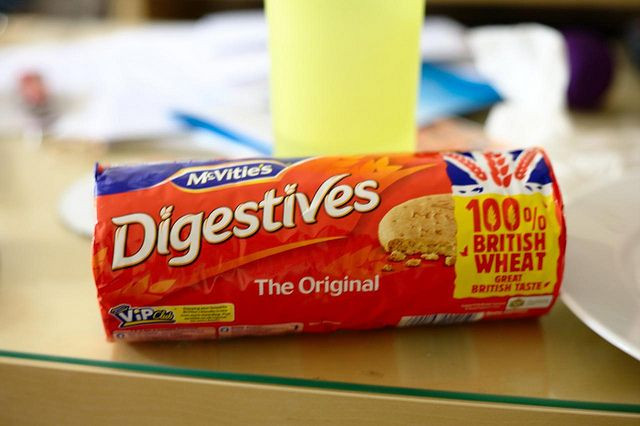Low-Fat Can Still Mean High Calories, Survey Says

A survey conducted by Which? found that several foods labeled as "low-fat" and "light" may contain the same amount of calories as the original products.
According to the survey, more than 1,000 individuals consume foods labeled as "low-fat," "reduced" or "light" because they believe they have fewer calories and are healthier.
However, Which?, a company which reviews consumer goods and products, has proven that this is not the case. McVitie's milk chocolate digestive biscuits contain 85 calories where the light version has 77 calories. The light biscuit contains 30 percent less fat but it does not contain 30 percent fewer calories, as many consumers expect. It also contains less chocolate and more sugar. Kellogg's markets its Special K cereal as the cereal to eat if you're trying to lose weight. Conversely, a 30g bowl contains 93 more calories than Bran Flakes.
Additionally, most consumers are unaware of what the terms "reduced fat" and "light" means. Out of 1,005 individuals who were surveyed, only 16 percent of shoppers could identify that these products must have 30 percent less fat compared to the standard.
Labeling regulations define "low-fat" as containing less than three percent of fat, whereas "reduced fat" and "light" must contain 30 percent less than the original product. Overall, according to executive director Richard Lloyd, the survey revealed these "healthy" alternatives are not living up to its expectations.
According to Which? food expert Shefalee Loth many of the labels may state "low-fat," "reduced" or "light" but in reality the foods are still high in either calories, sugar or salt. Lloyd recommends that consumers read the nutritional labels very carefully.
Currently Which? is campaigning for clearer labels on food.
"We want to see all the major food manufacturers and supermarkets introduce the traffic-light labeling system to show clearly if a product is high (red), medium (amber) or low (green) in fat, salt, saturated fat and sugar," Loth said.
Published by Medicaldaily.com



























